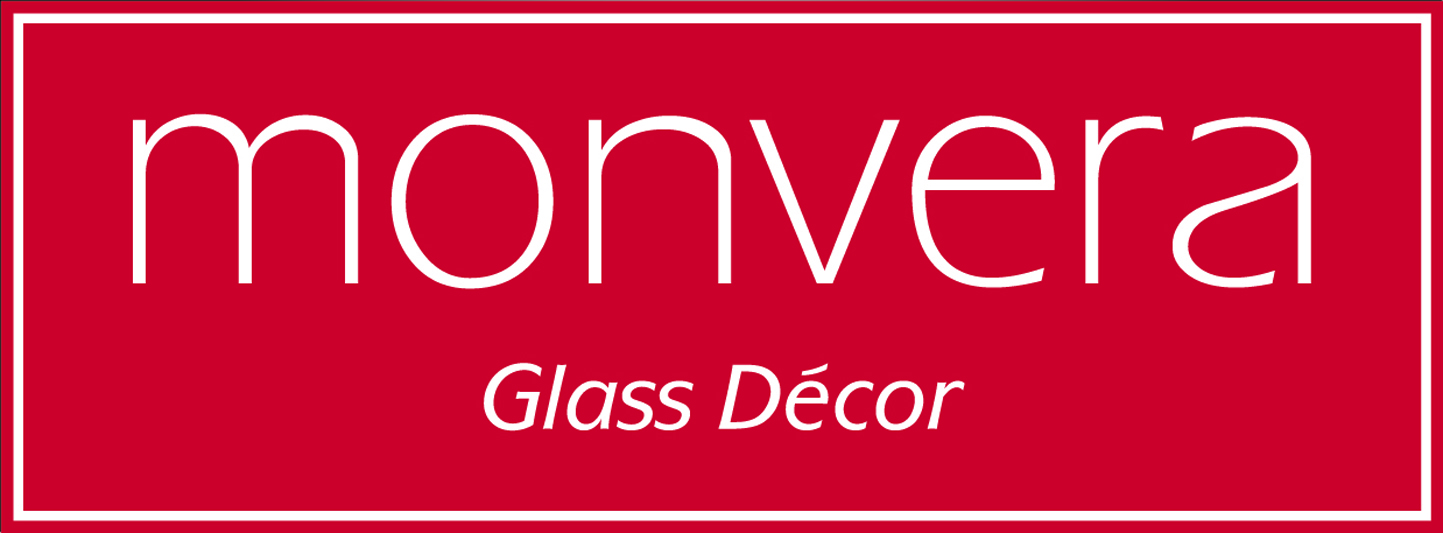RIP Foil Capsules? How one winery is inspiring a labeling trend.
Background
In 2001, Ryan and Crystal Waugh founded Waugh Cellars, which now produces 3000 cases of award winning wine, annually. Some of their varietals include a Russian River Chardonnay, a Napa Valley Cabernet Sauvignon and a Zinfandel from the Dry Creek region of Sonoma.
The Challenges
After a number of years using paper labels and aluminum foil capsules for Waugh Cellars varietals, Ryan Waugh, Winemaker, noticed some glaring deficiencies. “Our first paper label had the feel of felt. It was beautiful. Except that when you put the wine in the fridge or a bucket of ice, the label crumbled and looked absolutely terrible.”
Waugh Cellars’ packaging issues didn’t just reside with a lackluster consumer experience with the paper label. Issues occurred in the supply chain, as well. With lead times on foil-based capsules nearing six months, it was critical that not only the capsules arrive on schedule, but that all suppliers meet their deadlines. One hiccup in this house-of-cards and there is a domino effect affecting all components critical to bottling, and packaging. It happened to Waugh Cellars.
“We were days away from bottling and realized the capsules hadn’t arrived yet,” says Ryan Waugh. “To us, it would have meant thousands of dollars to delay production.”
The Solutions
Waugh Cellars evolved its packaging to include two critical improvements. First, to avoid the “soggy label” Ryan decided to try screen printing their Sauvignon Blanc label.
Sometimes referred to as silk screening, (or ACL: applied color labeling), this alternative to paper produces creates eye-catching labels that are resistant to wrinkling, smearing, scuffing and are most importantly, water proof.
We experimented with screen printing and people told us it looked like an upgrade. We’re never going back to paper,” says Waugh. As a result of the successful test with their white wines, Waugh Cellars started to screen print the labels on all of their varietals.
Secondly, and due in large part to Monvera’s new printing capabilities but also out of sheer necessity because of the supply-chain breakdown, Waugh Cellars migrated from foil-based capsules to screen printed necks. “One of the misconceptions about the capsule is that it serves a functional purpose, which it does not, “continues Waugh. “Monvera’s design team created a series of neck print options that were consistent with our existing brand identity. We simply had to select our favorite design. The final screen printed neck eliminated the need for the capsule and simplified our supply chain.”
Screen printed labels and capsules continue to reap unexpected benefits for Waugh Cellars. For example, bottling lines universally appreciate the advantages of screen printed bottles. Without paper labels to contend with, set up time was halved and there were fewer, if any, delays during bottling. Bottling screen-printed bottles has proven to be cost-efficient. The process is seamless when screen-printed bottles are in the queue, another clear advantage to making the switch from paper to screen-printed glass.
“When we decided to forgo the use of foil capsules, instead opting for screen printed necks, the bottlers really loved us,” said Crystal Waugh, Director of Sales. “Less moving parts equal a more efficient production process.”
Waugh Cellars also recognized that by avoiding a foil capsule step in the bottling process, there were fewer opportunities for contamination. In addition Waugh has now reduced their environmental demand for aluminum altogether.
“Regarding the new look, people love it,” continues Crystal. “They think it looks clean and sophisticated.”
The driving force behind any change in the way wineries produce their label is often caused by brand enhancements, cost savings or environmental concerns. In Waugh Cellars case, it achieved all three benefits by replacing the paper and then eliminating the foil. A win-win for Waugh.



